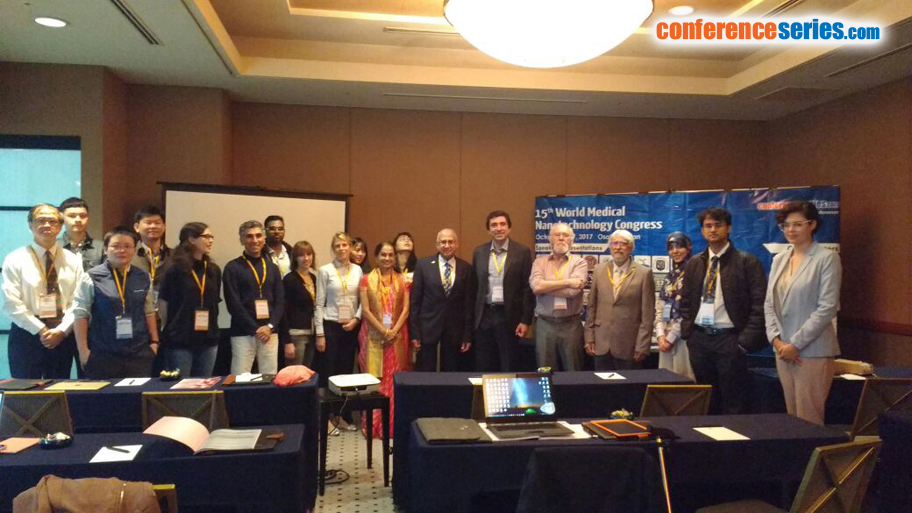
Wendy N Phoswa
University of KwaZulu-Natal, South Africa
Title: Effect of titanium dioxide nanoparticle aggregation on myoblast cytotoxicity and nitric oxide synthesis
Biography
Biography: Wendy N Phoswa
Abstract
Statement of the Problem: The emerging interest of engineered titanium dioxide nanoparticles (TiO2 NPs) in medical, agricultural, industrial and manufacturing sectors has raised health questions worldwide. Therefore, the objective was to assess the effect of physiochemical properties of titanium dioxide nanoparticles (TiO2 NPs) on the cellular cytotoxicity, proliferation and physiological properties.Methodology & Theoretical Orientation: TiO2 NPs were suspended in varying concentrations of bovine serum albumin (BSA γ-globulin) and characterized using nanoparticle tracking analysis (NTA) and transmission electron microscopy (TEM) for the determination of particle size, aggregation state and zeta potential. The effect of TiO2 physiochemical properties on cellular cytotoxicity and proliferation was assessed in vitro on mouse myoblast (C2C12) cells using the MTT assay and BrdU assay, respectively. Nitric oxide is a major signaling molecule was measured using colorimetric measurement to indirectly assess cellular activity.Findings: The cytotoxicity of mono-disperse TiO2 NPs suspended in BSA were significantly higher in comparison to the controls (p<0.001). A significant increase in the cytotoxicity of TiO2 NPs suspended in BSA at a concentration of 0.5, 0.8 and 1 mg/ml BSA in contrast to 0.3 and 1.5 mg/ml BSA was obtained (p<0.05). However, there was a more significant increase in cytotoxicity levels of TiO2 NPs suspended in 0.8 mg/ml BSA compared to TiO2 suspended in 0.3, 0.5, 1 and 1.5 mg/ml BSA concentrations (p<0.05). In addition, there was also a significant difference in DNA proliferation of the control and treated cells. A significant difference in DNA damage was observed in cells treated with TiO2 NPs compared to non-treated cells and cells treated cells treated with BSA concentrations (0.8 and 1.5 mg/ml). There also a significant difference in DNA damage in cells treated with TiO2 NPs in combination with BSA (0.8 and 1.5 mg/ml). There was more significant difference in DNA damage of cells treated with TiO2 NPs in combination with 0.8 mg/ml compared to TiO2 NPs in combination with 1.5 mg/ml. There was also reduced nitric oxide bioavailability in cells treated with TiO2 NPs.Conclusion & Significance: The use of BSA as a nanoparticle stabilizer helped to improve particle physiochemical properties for the determination of in vitro cytotoxicity. The findings indicate that particle size needs to be taken into consideration when assessing nanoparticle toxicity since BSA generates smaller TiO2 NPs aggregates which have a potential to inhibit cellular signaling which results in cytotoxicity.


